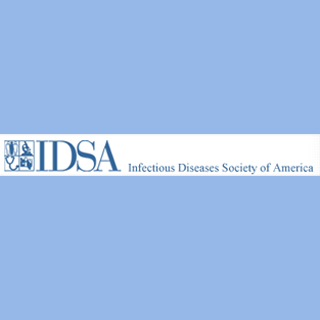
During the study initiated from 1997-2007, the frequency of HIV-related illnesses in women appeared more than double as compared to men. Nonwhite women allegedly had the most negative outcomes. After eight years of infection, HIV-related events possibly affected 64 percent of nonwhite women and 22 percent endured AIDS-defining events. 21 percent individuals in other combined race, sex groups apparently faced HIV-related events. And 6 percent of those belonging to the other combined race sex groups reported AIDS-defining events. It was concluded that both race and region may play a major role in determining the health outcomes of women as well as men infected with HIV.
On completion of eight years, Dr. Amie L. Meditz, MD, of the University of Colorado- Denver study author and colleagues noted that 78 percent nonwhites and 37 percent whites from the southern U.S. experienced one or more HIV/AIDS-related event. Also 17 percent nonwhites and 24 percent whites from other geographic locations were registered with one or more HIV/AIDS-related event. Sex, race and geography are able to influence health outcomes probably due to socioeconomic factors. The study findings can supposedly open doors to novel strategies or interventions for enhancing health outcomes in such populations.
The study will be published in the February 15 issue of The Journal of Infectious Diseases.
